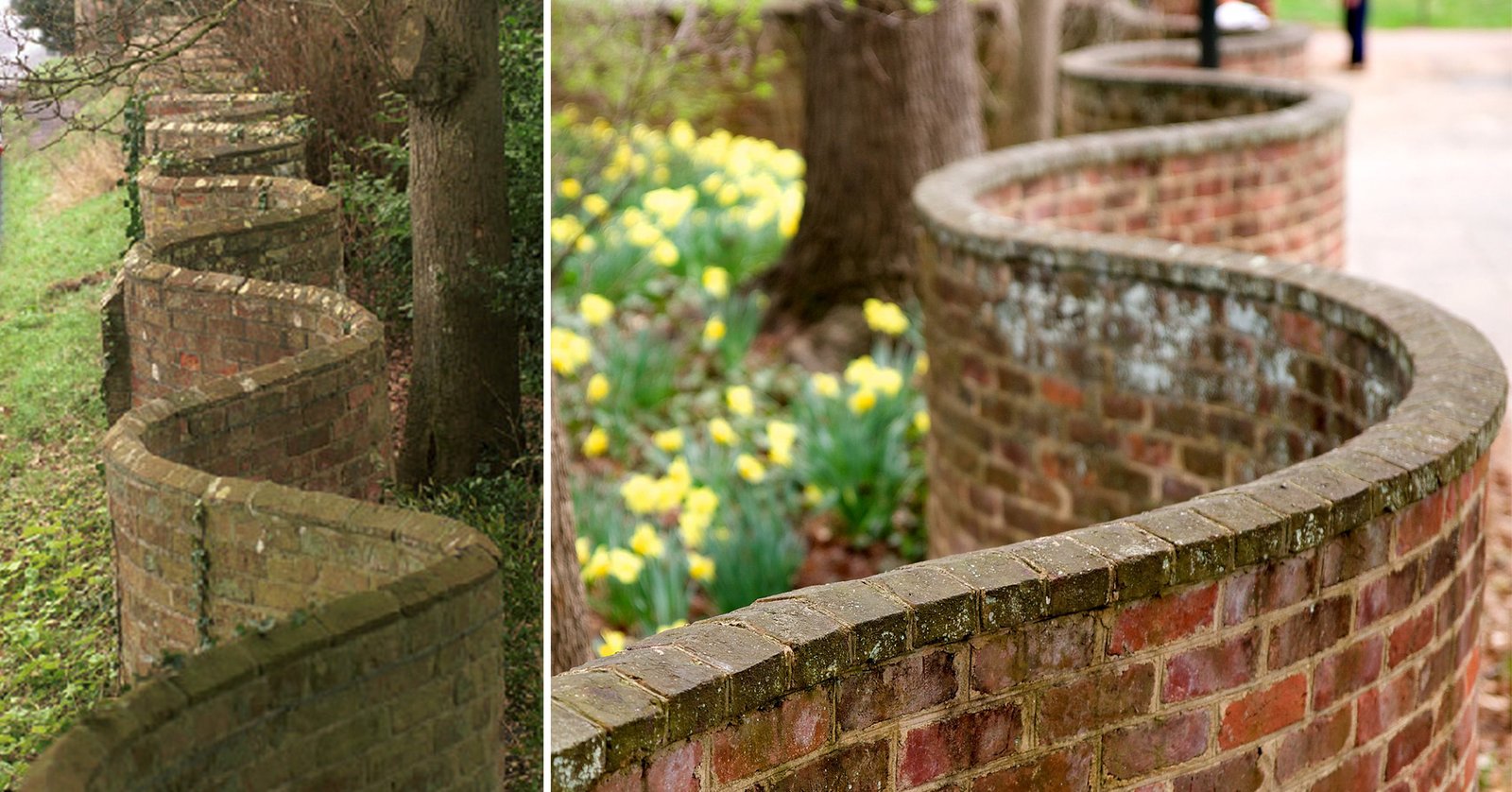The Historic Wavy Walls That Use Fewer Bricks and Protect Plants
A British man with a fascination for “crinkle crankle” walls shares his curious photos of this old architectural quirk.
Ed Broom, born and bred in Ipswich, Suffolk, works in the IT sector and started on a quest to discover the whereabouts of curved, wavy walls after learning there are more than 50 in his home county.
“I wondered where they were, but Google couldn’t tell me,” Broom told The Epoch Times. “My daughter drew up an initial list, and we—mostly me, my mum, and a child or two—went to see the first half-dozen walls. I then appealed on local radio for help, my to-do list grew and grew, and I found myself on a quest.
“If you’re on a Suffolk back road and see a couple of oddballs pointing their phones at a wavy wall, that’ll be my mother and me.”
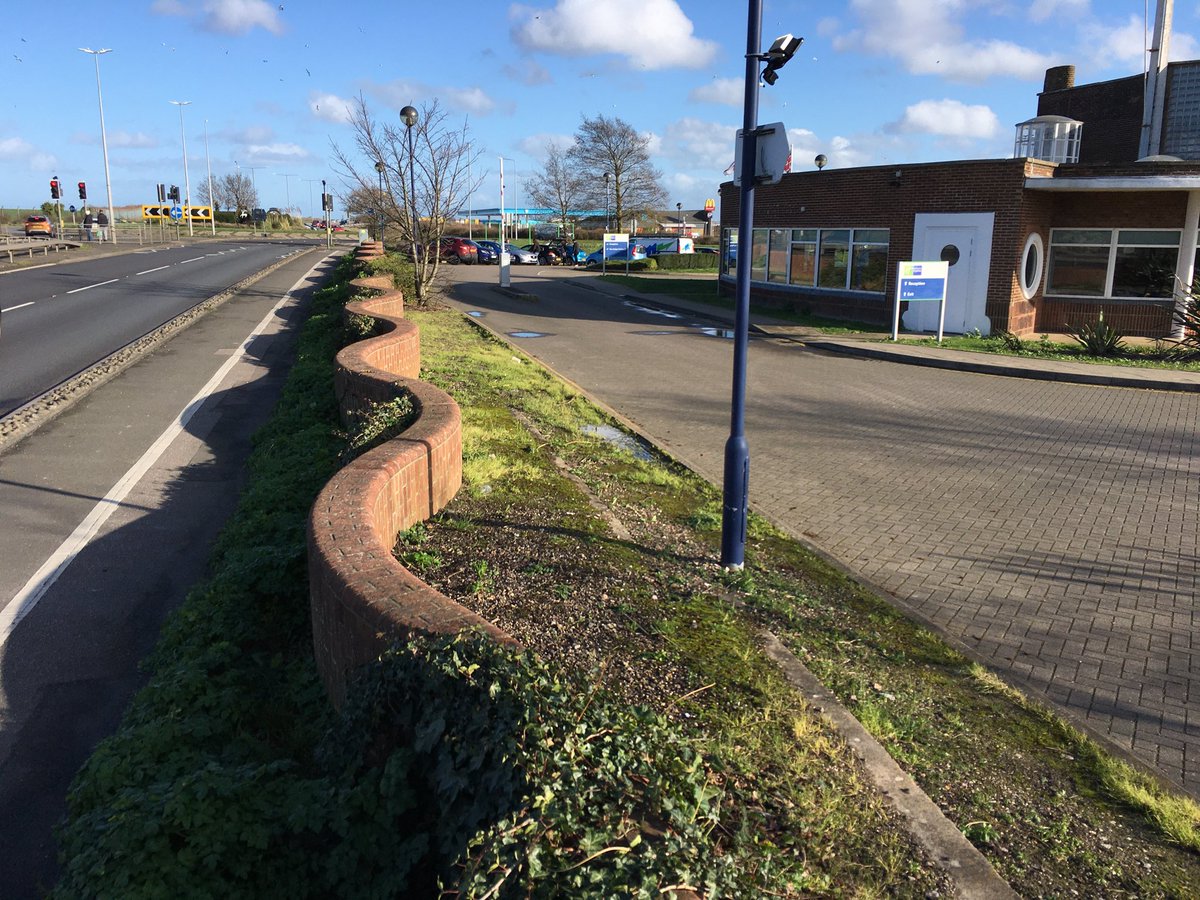
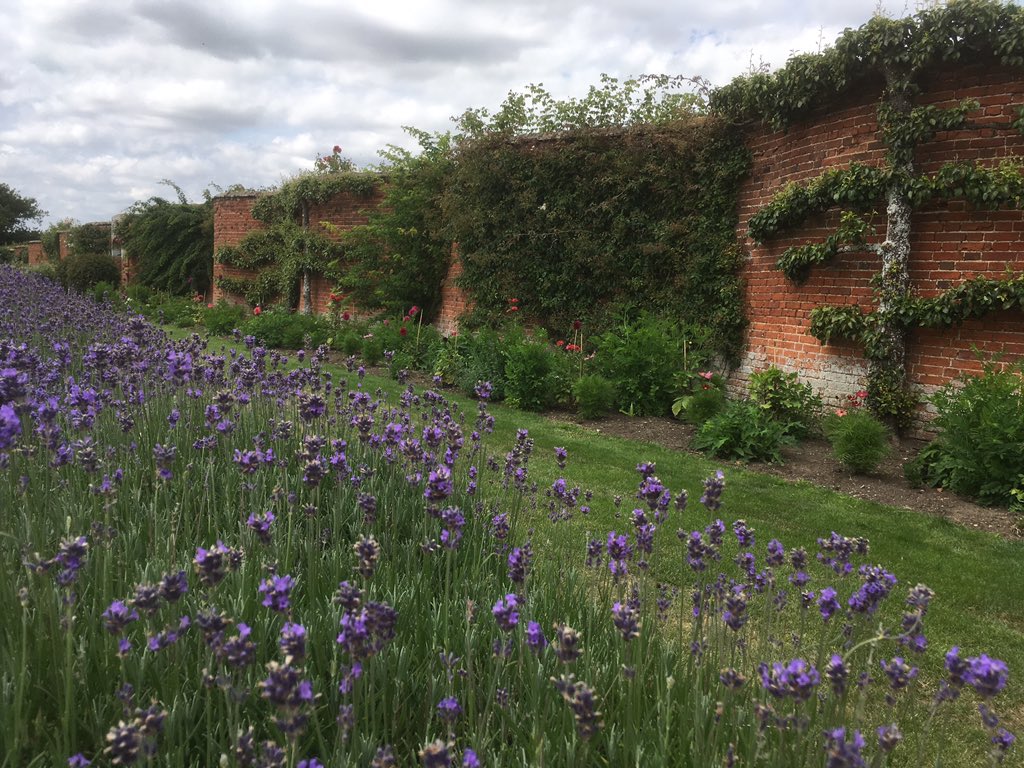
Broom describes Suffolk as “crinkle crankle central,” and the area is peppered with fine examples, including a grand wall at stately Heveningham Hall, a wavy wall stretching over a mile long in the village of Easton, and many others.
Serpentine walling was a technique adopted by Egyptian kings around 4,000 years ago, according to the Journal of the American Research Center in Egypt. The unique building method was introduced to England around the 17th century. These snake-shaped walls are also found in the garden of Zuylen Castle in the Netherlands and the serpentine façade of San Carlo alle Quattro Fontane church in Rome, Italy. The United States has its own crinkle crankle walls, one of which was commissioned by Thomas Jefferson at the University of Virginia.
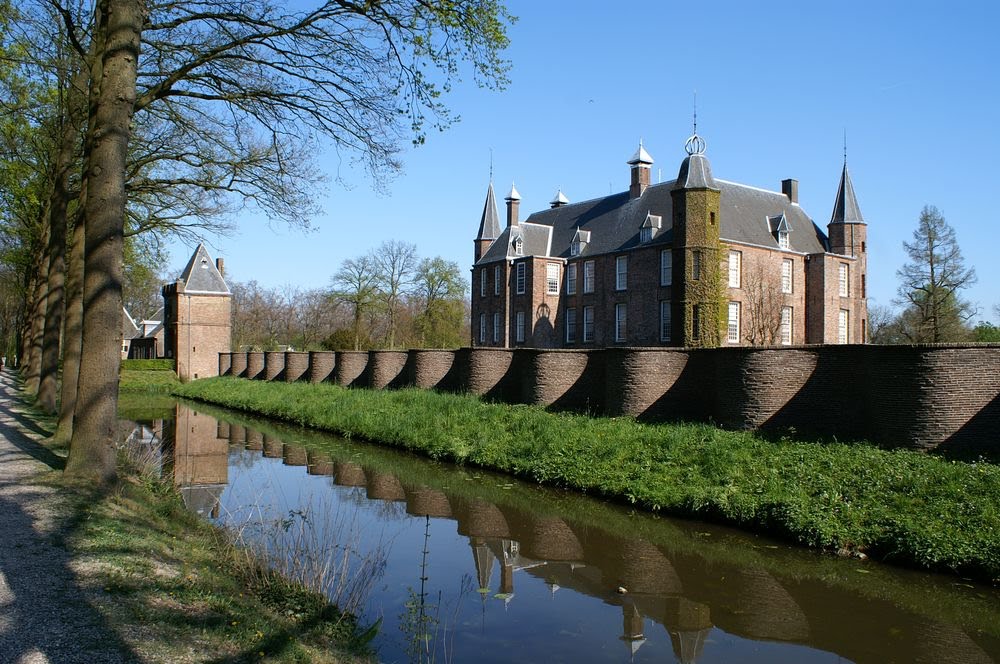
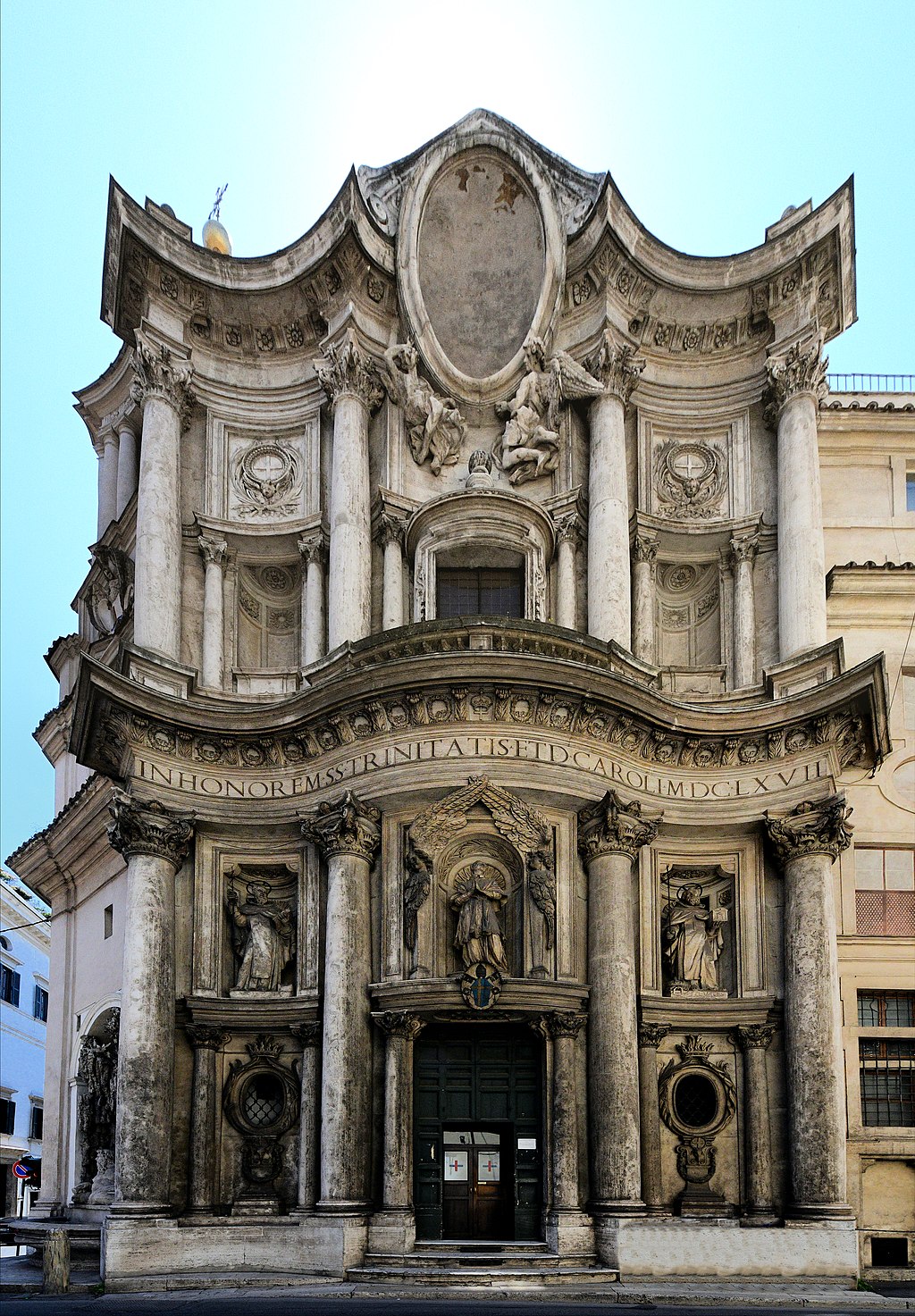

While some crinkle crackle walls were created purely for aesthetics, their original purpose was to retain the heat from the sun in their undulating pattern to help trees grow in cold climates and for their added strength to withstand pressure from the wind.
Though these sinuous, peculiar structures use more bricks than standard straight walls of the same thickness, they “don’t have to be as thick,” explains John D. Cook, a mathematician from Texas.
“Crinkle crankle walls resist horizontal forces, like wind, more than straight walls would. So if the alternative to a crinkle crankle wall one-brick thick is a straight wall two or more bricks thick, the former saves material.”


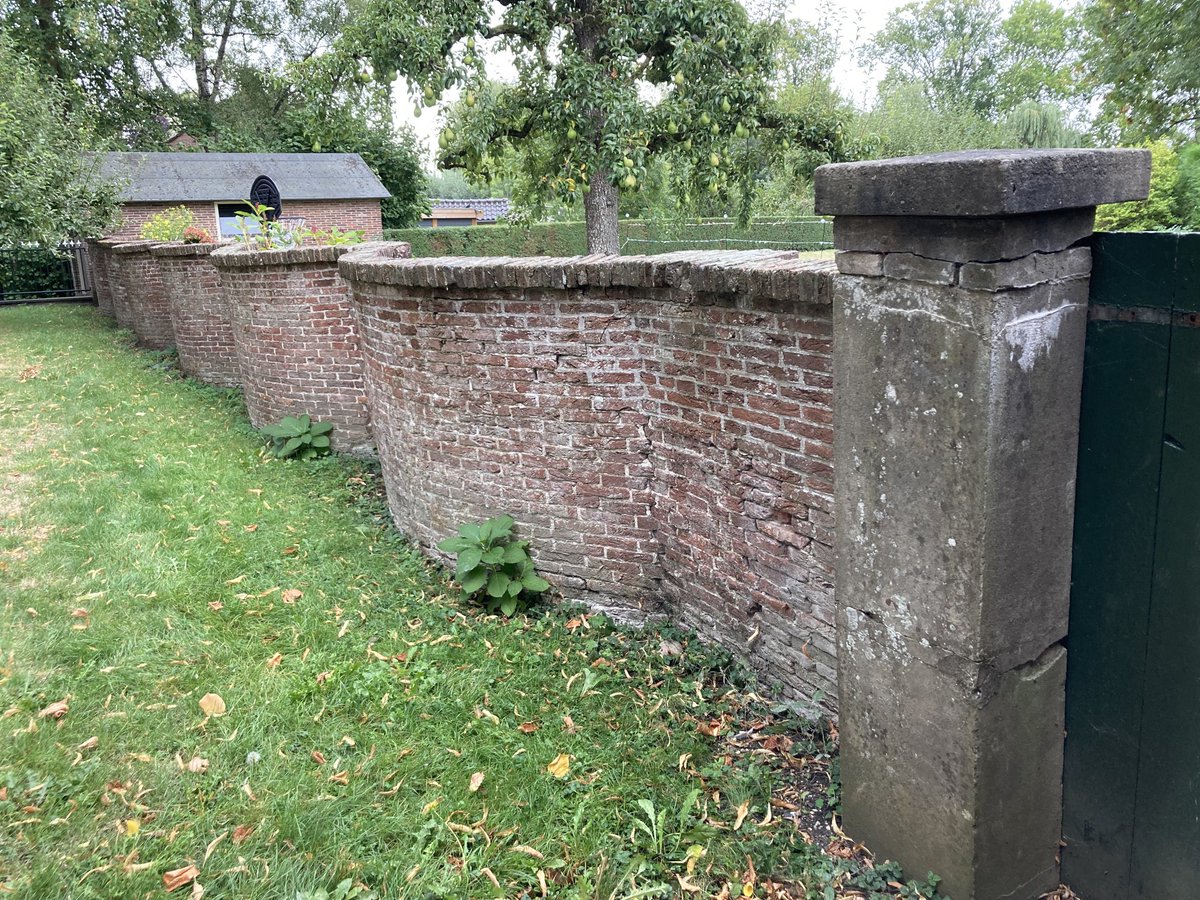
Broom has fallen in love with these less common walls that, he says, are few and far between. Many have “understandably disappeared over time.” Broom is on a mission to preserve the crinkle crankle legacy by compiling a book about them, which sees him doing everything from “poring over antique maps to scanning old Suffolk journals to Googling details of 19th-century rural vicars.”
“Those original crinkle-crankle walls are unique,” he said. “Each one tells its own story, whether it’s lovingly preserved in the back garden of a stately home or partially collapsed behind a graveyard.
What also delights Broom is witnessing new crinkle crankle walls being built: from those designed to give color to modern housing estates or in the redevelopment of Gainsborough’s House in Sudbury—the childhood home of British artist Thomas Gainsborough. Also charming is the preservation of the name “crinkle crankle,” which derives from a word in the ancient Suffolk dialect that means “zigzag.”
Check out more photos of the crinkle crankle walls below:
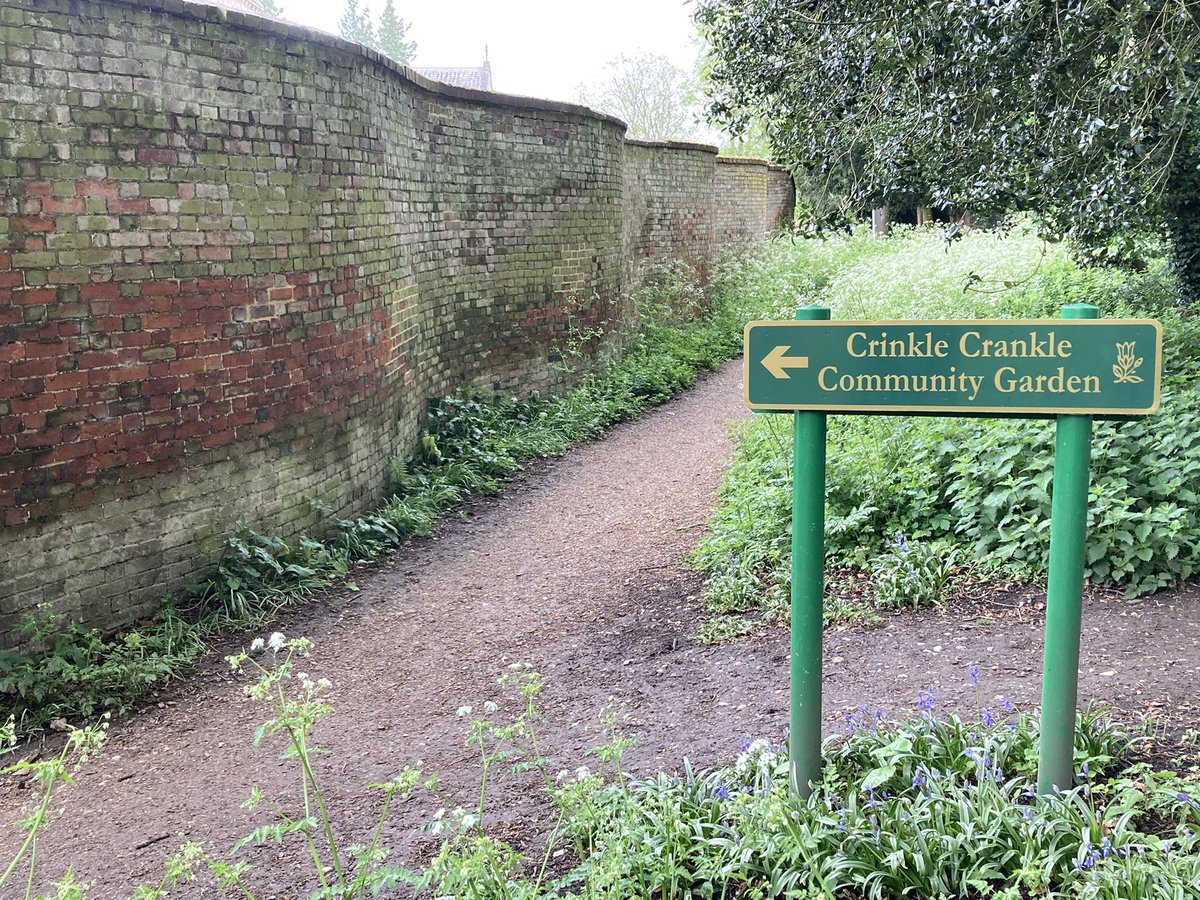
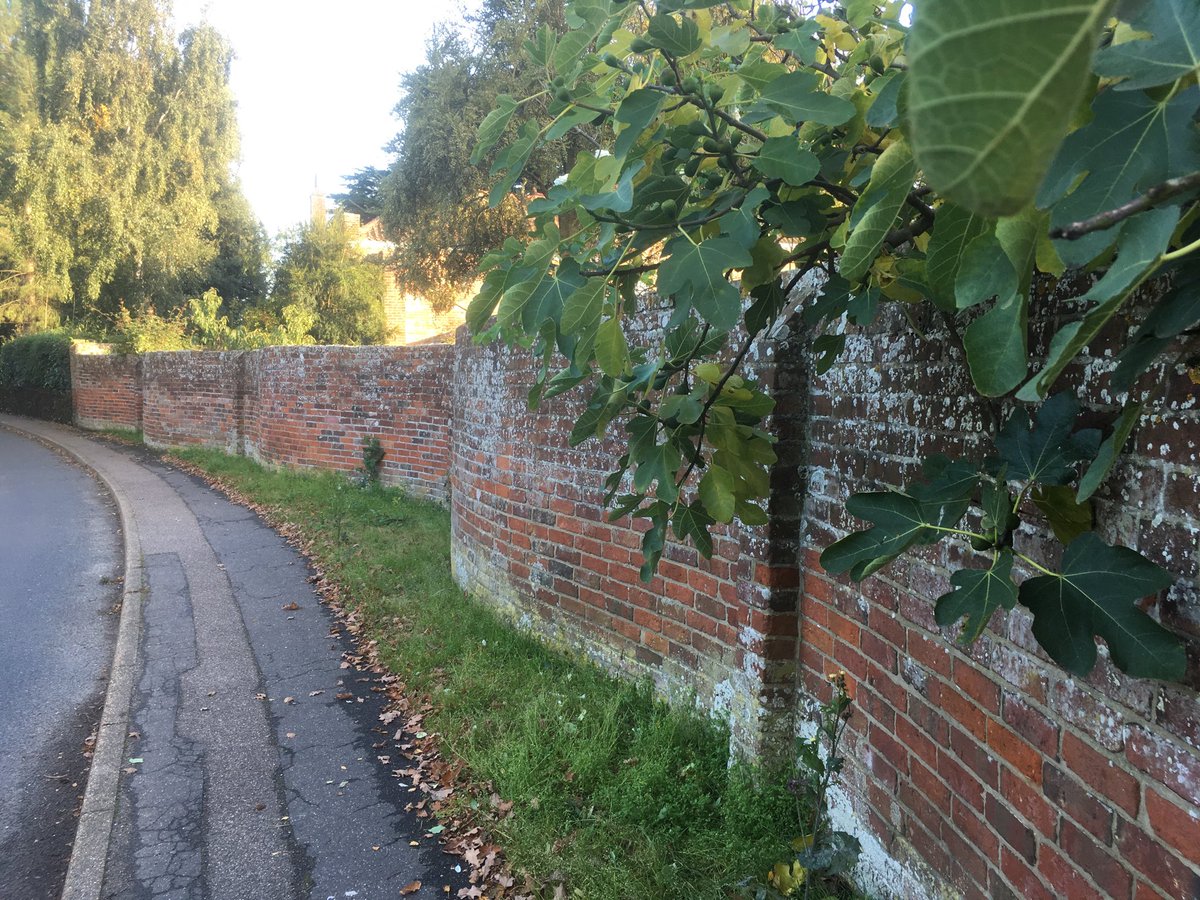

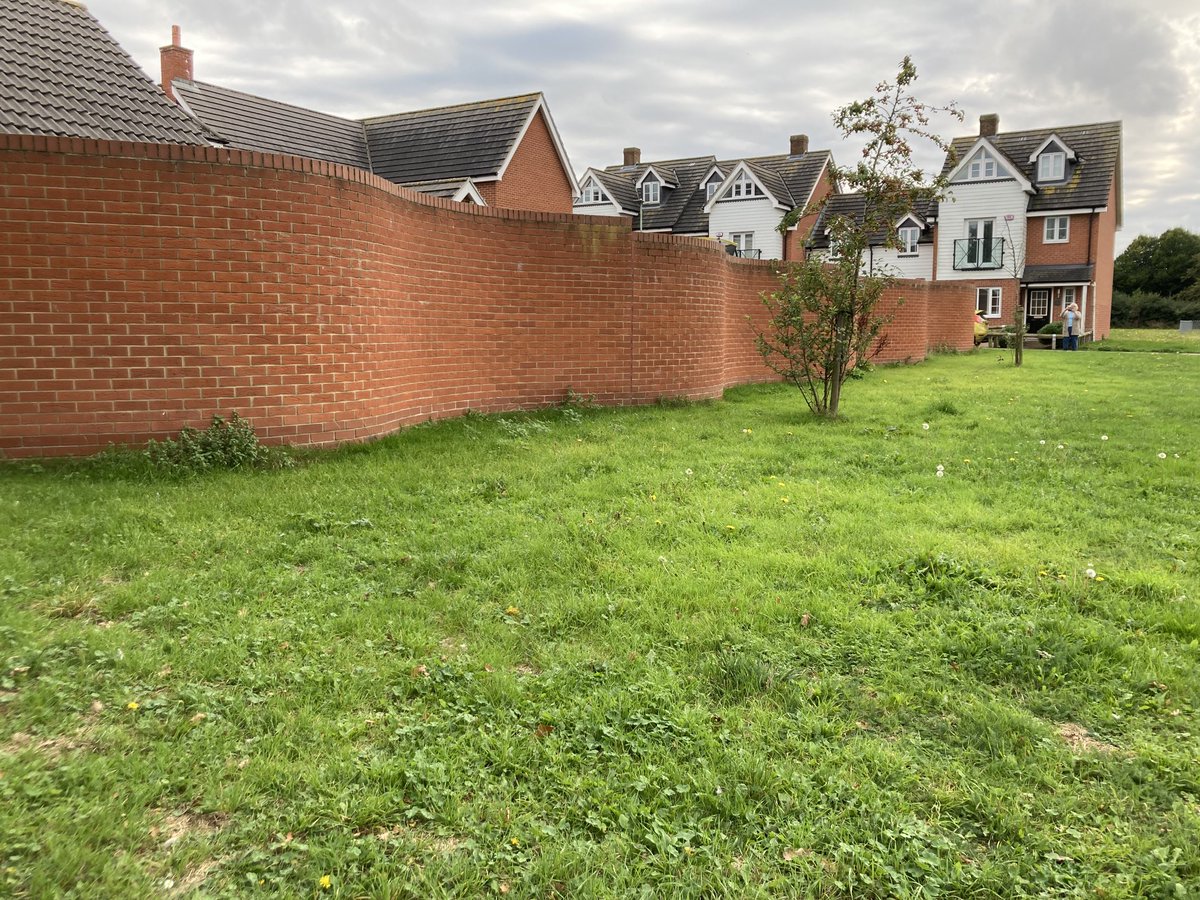
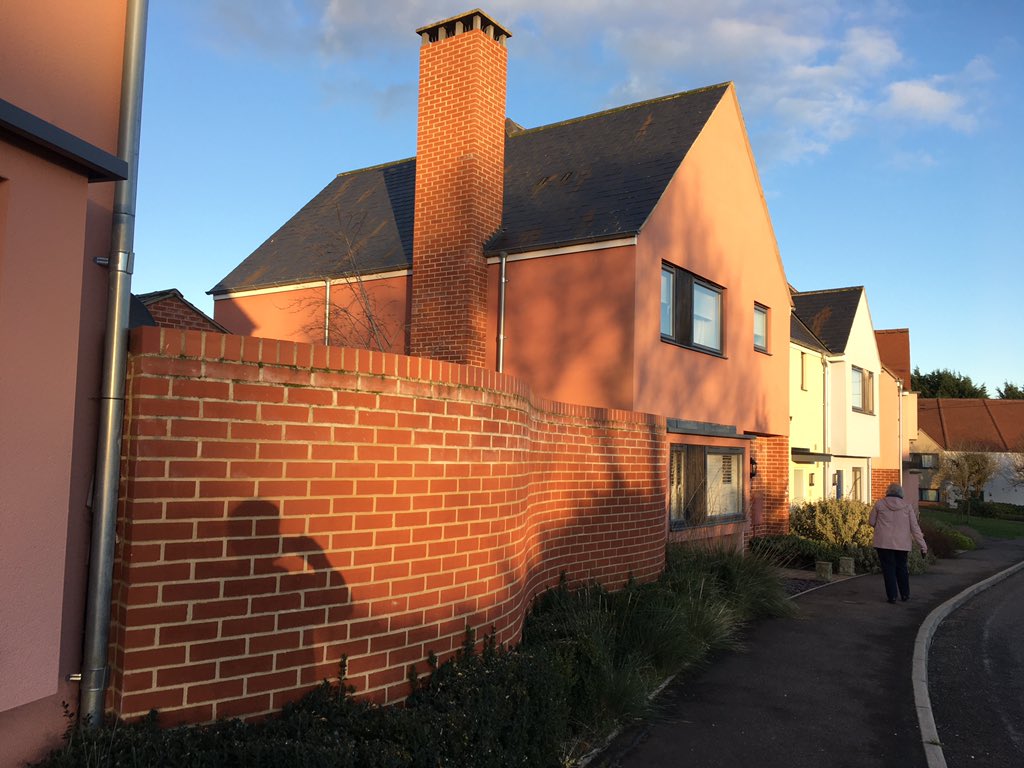
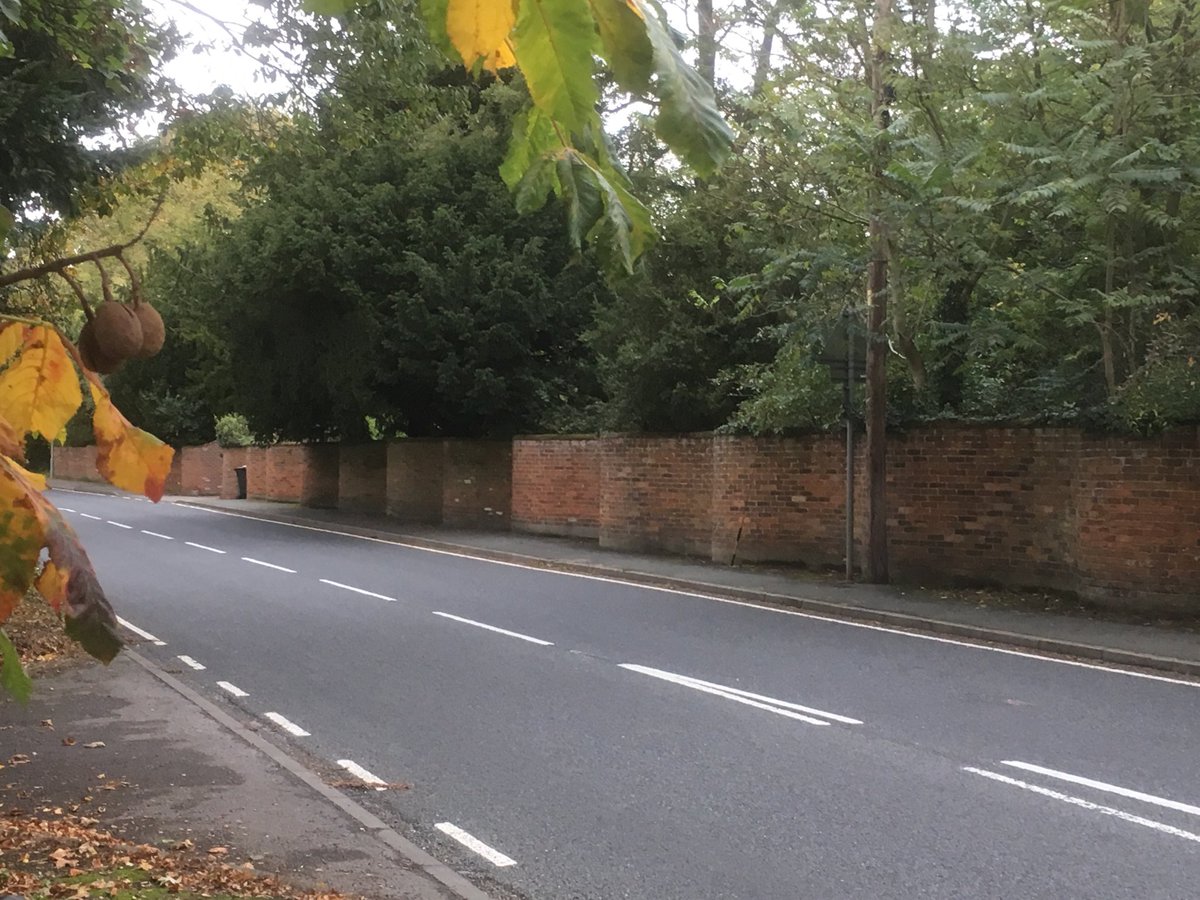
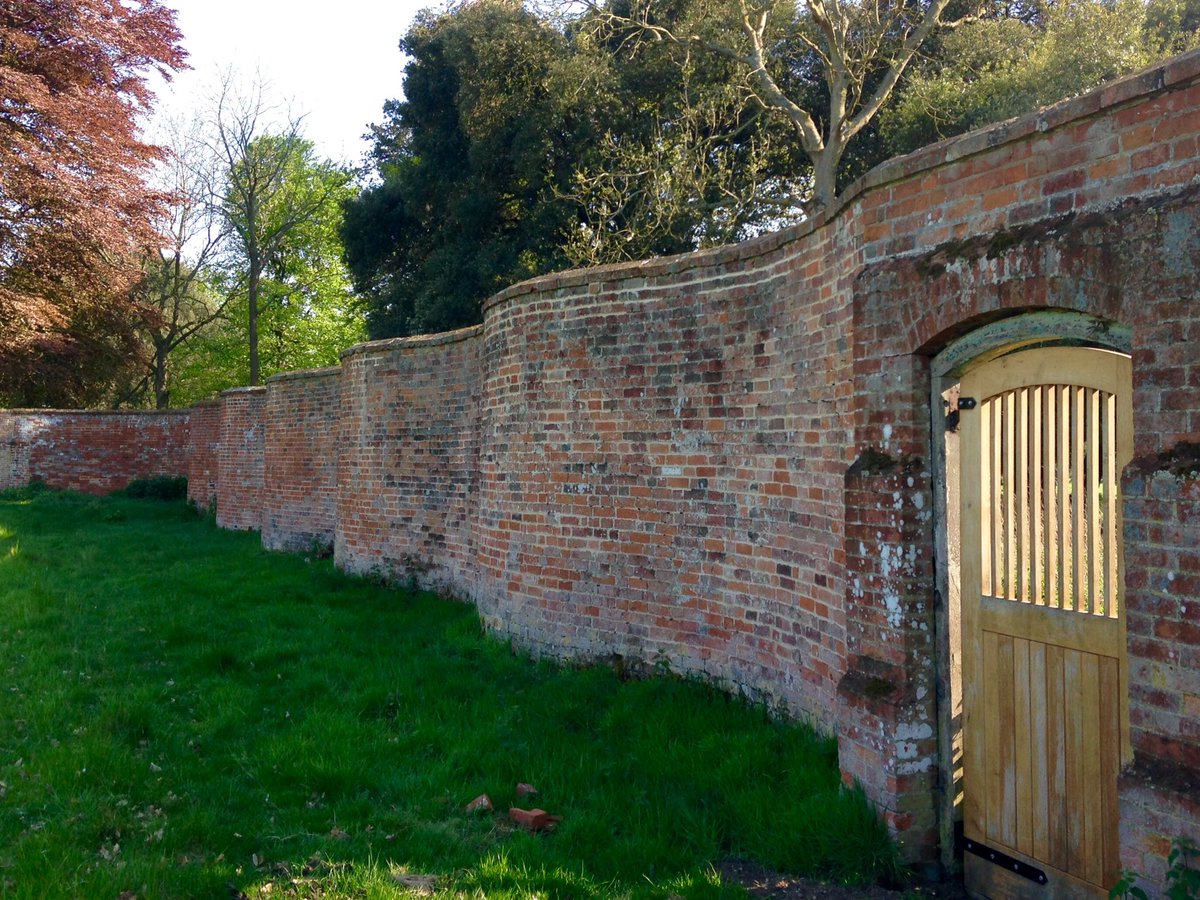
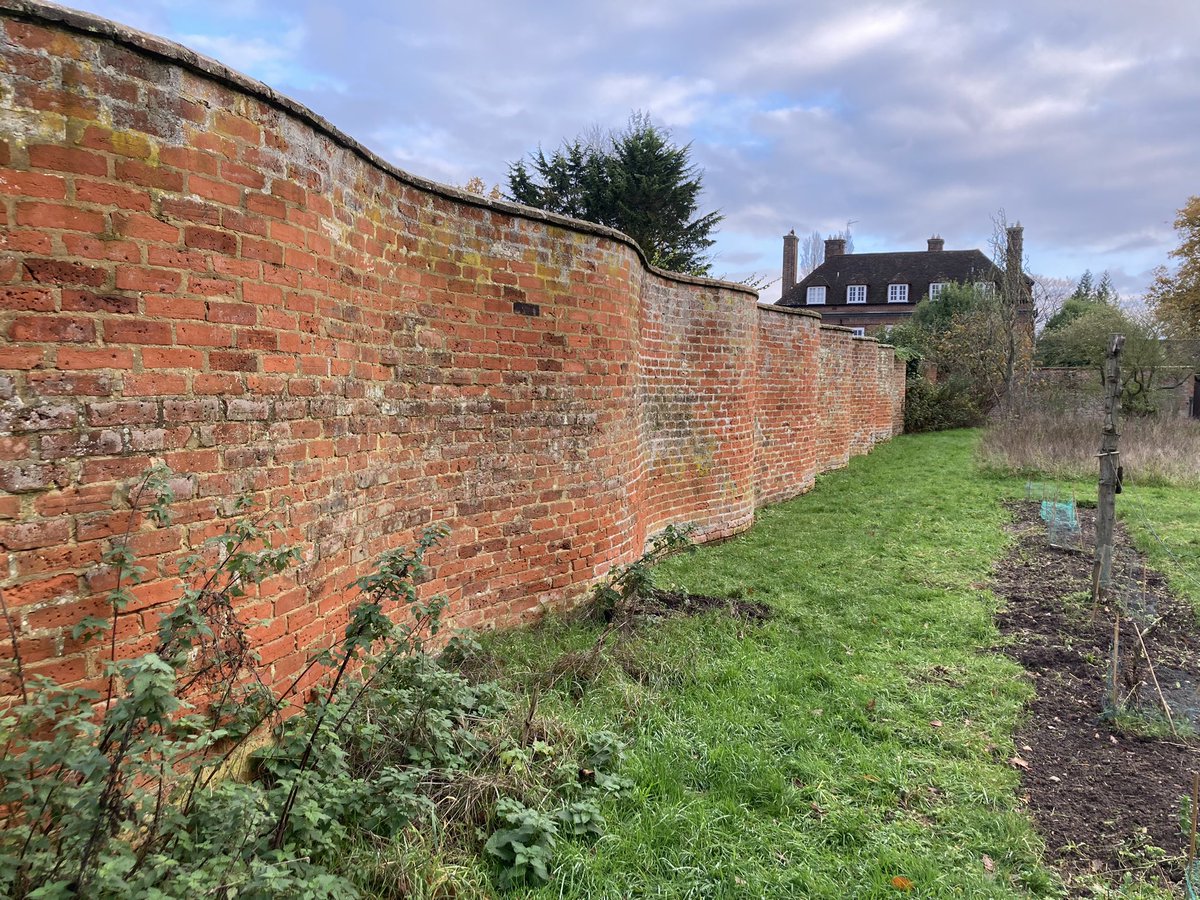
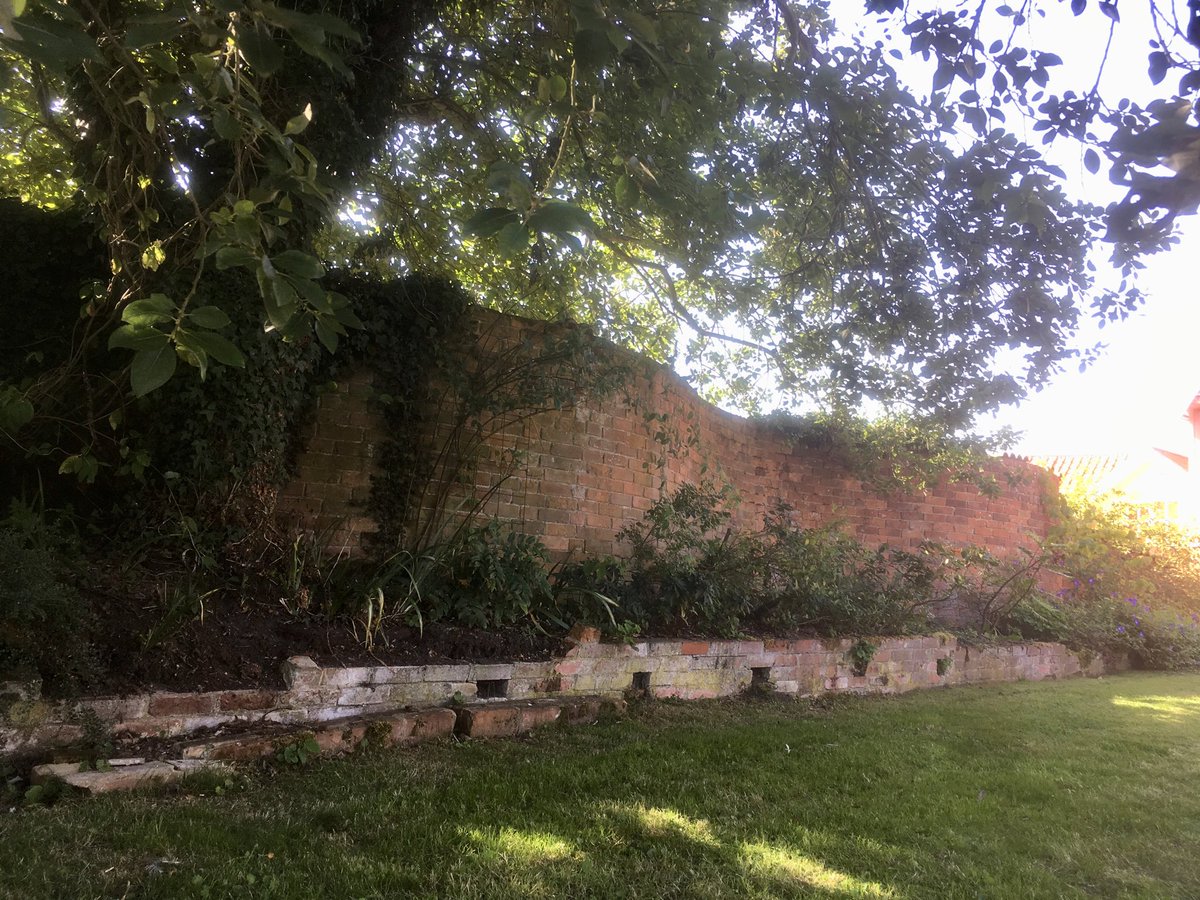
Share your stories with us at emg.inspired@epochtimes.com, and continue to get your daily dose of inspiration by signing up for the Inspired newsletter at: https://www.theepochtimes.com/newsletter

